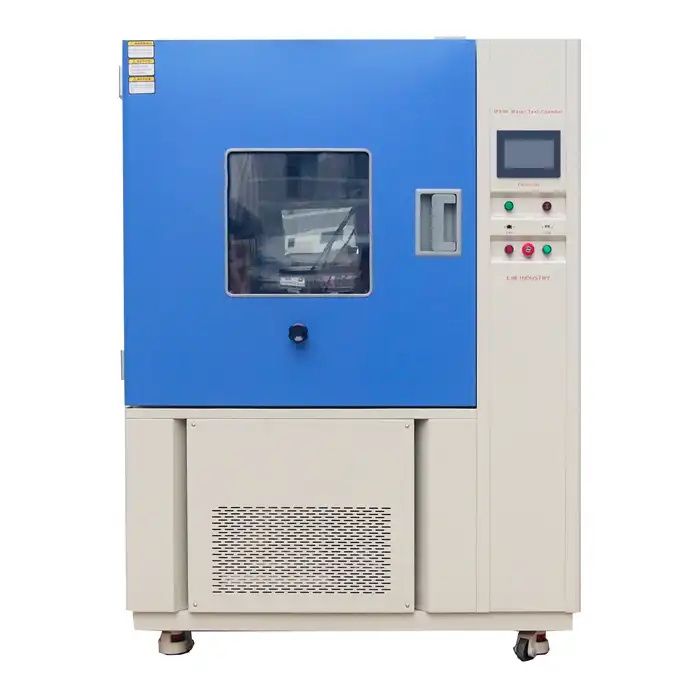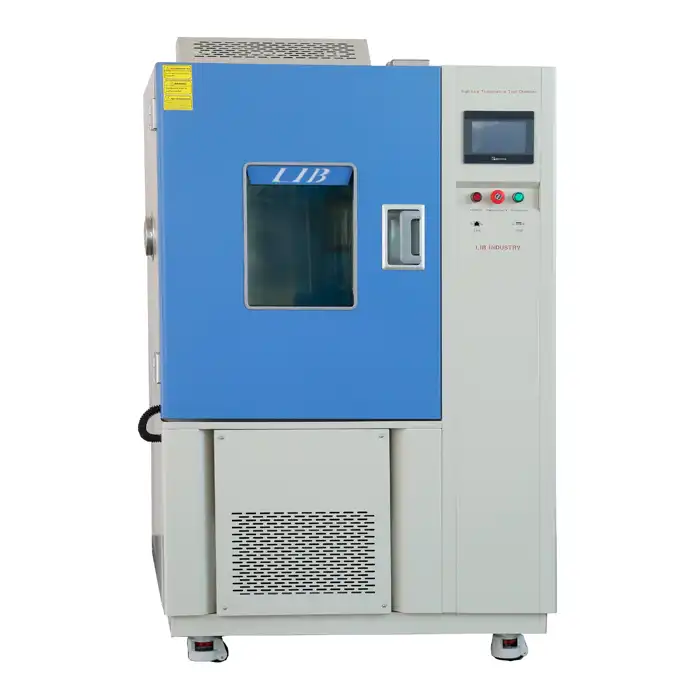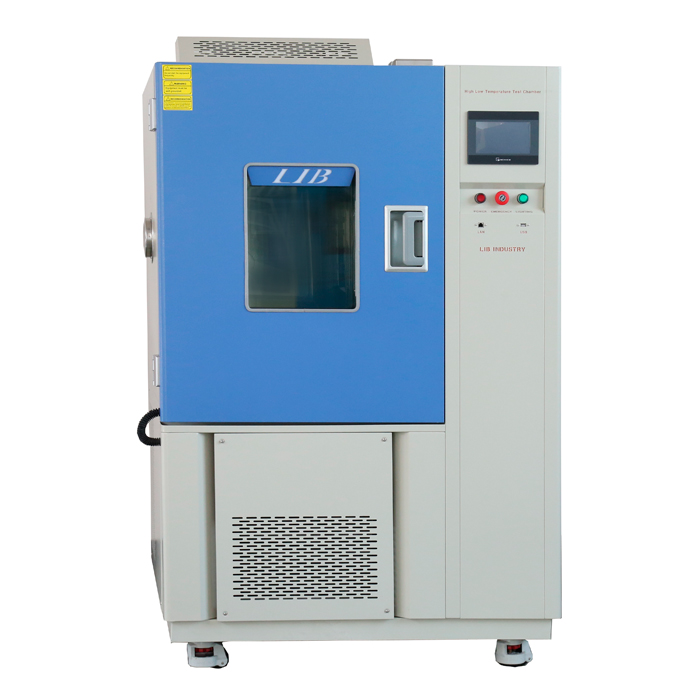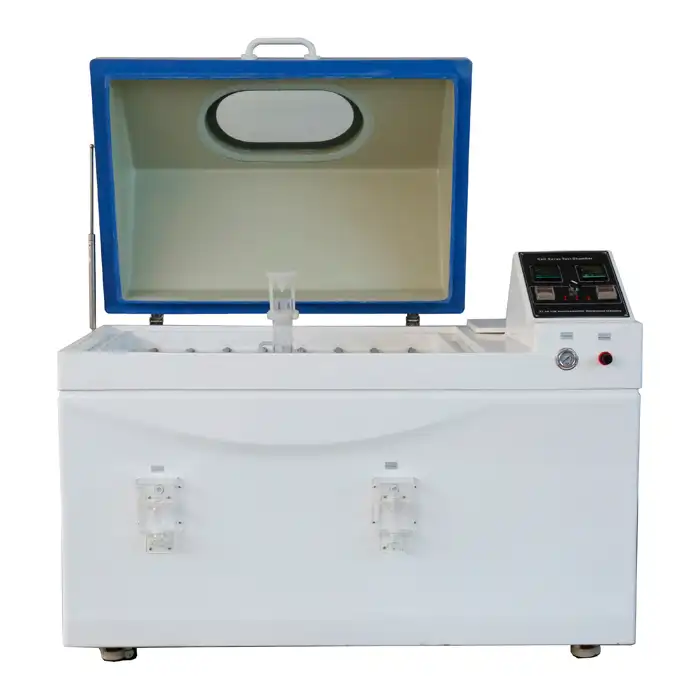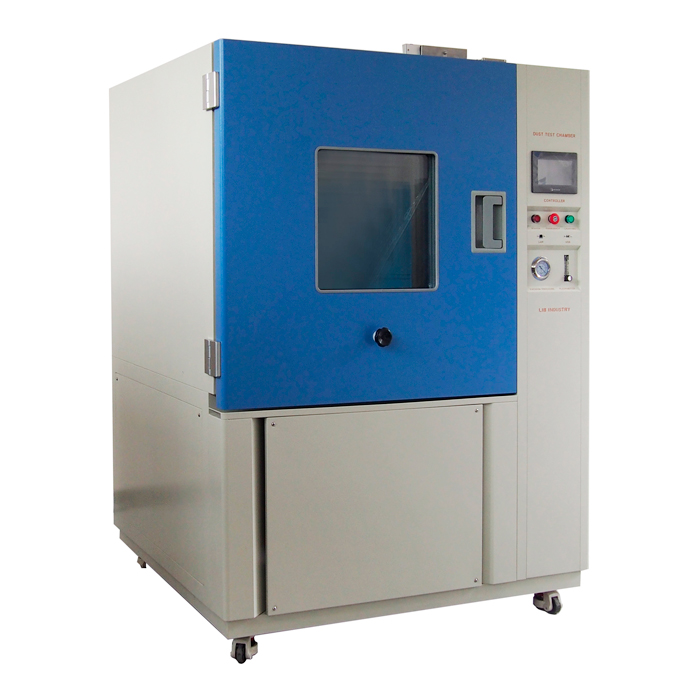What are the Key Features of a High-Performance Corrosion Test Chamber?
Corrosion testing is essential for industries that manufacture metals, coatings, and electronic components. A high-performance corrosion test chamber ensures materials can withstand harsh environmental conditions, preventing costly failures. Selecting the right chamber requires understanding its key features, from precision control to compliance with industry standards.
Precision Environmental Control: Temperature, Humidity, and Salt Concentration
A reliable corrosion test chamber must offer precise control over temperature, humidity, and salt concentration. These factors directly influence the rate and severity of corrosion, making accuracy critical for repeatable test results.
For example, temperature fluctuations can accelerate or slow down oxidation and material degradation. A high-performance chamber maintains stable conditions, often within ±0.5°C accuracy. Similarly, humidity control impacts the formation of condensation, which can speed up corrosion in certain materials. Advanced chambers regulate humidity within ±2% RH, ensuring consistent exposure.
Salt concentration is another essential factor, particularly in salt spray (fog) testing. The chamber must deliver a fine, evenly distributed mist with a controlled NaCl concentration - typically around 5% for ASTM B117 compliance. This ensures uniform exposure, preventing inconsistent test results.
Advanced Spray Systems: Ensuring Consistent and Uniform Test Outcomes
A well-engineered spray system ensures that corrosive solutions are evenly distributed across test specimens. This is crucial for tests like salt spray (fog), cyclic corrosion, and sulfur dioxide exposure.
Modern corrosion test chambers employ atomizing nozzles to create a fine mist, preventing droplet formation that could lead to uneven exposure. Some systems also feature adjustable spray pressure, allowing customization based on testing standards like ISO 9227 or ASTM G85.
An effective spray system guarantees uniformity, ensuring test results accurately reflect real-world conditions.
Rugged Construction and Corrosion-Resistant Materials: Built for Longevity
A corrosion test chamber operates in extreme conditions, so its construction must withstand continuous exposure to aggressive chemicals. High-quality chambers use fiberglass-reinforced plastics (FRP), stainless steel, or advanced polymer coatings to resist degradation.
The internal components, such as nozzles and heating elements, are often made from 316 stainless steel to prevent contamination and ensure long-term durability. Additionally, seamless, leak-proof designs prevent corrosive solution buildup, reducing maintenance costs.
Investing in a chamber with superior materials extends its lifespan, minimizes downtime, and ensures reliable performance over years of operation.
Meeting ASTM, ISO, and Industry-Specific Testing Requirements
Compliance with international standards is essential for ensuring test accuracy and repeatability. A high-performance corrosion test chamber must meet specifications set by:
- ASTM B117 - Standard for salt spray testing, widely used in automotive, aerospace, and coatings industries.
- ISO 9227 - International equivalent of ASTM B117, ensuring global consistency in corrosion testing.
- ASTM G85 - Covers modified salt spray tests, including cyclic corrosion and SO₂ testing.
Meeting these standards guarantees that test results are recognized worldwide, making it easier for manufacturers to validate product durability.
Selecting the Right Chamber Size, Features, and Capacity for Your Testing Needs
Choosing the best corrosion test chamber depends on your industry, sample size, and testing frequency. Chambers come in various capacities, from small benchtop models (100L-200L) for research labs to large walk-in chambers (1000L+) for industrial applications.
Key features to consider:
- Programmable controllers - Automate test cycles and store multiple test profiles for efficiency.
- Multi-function testing - Some chambers combine salt spray, humidity, and cyclic corrosion testing in one unit.
- Easy maintenance - Look for self-cleaning spray nozzles and accessible drainage systems to simplify upkeep.
Selecting the right chamber ensures accurate, reliable testing while maximizing efficiency and cost-effectiveness.
A high-performance corrosion test chamber is a critical tool for ensuring product durability in harsh environments. By choosing a chamber with precise environmental control, advanced spray systems, rugged construction, and industry-standard compliance, manufacturers can confidently develop corrosion-resistant materials. For expert guidance on selecting the right corrosion test chamber, LIB Industry offers high-quality, customizable solutions. Contact us at ellen@lib-industry.com for more information.
References
1. ASTM International. (2023). ASTM B117 - Standard Practice for Operating Salt Spray (Fog) Apparatus.
2. ISO. (2023). ISO 9227: Corrosion Tests in Artificial Atmospheres - Salt Spray Tests.
3. ASTM International. (2023). ASTM G85 - Standard Practice for Modified Salt Spray (Fog) Testing.
4. Y. Zhang et al. (2021). "Influence of Salt Spray Exposure on Corrosion Behavior of Aluminum Alloys." Journal of Materials Science and Engineering.




